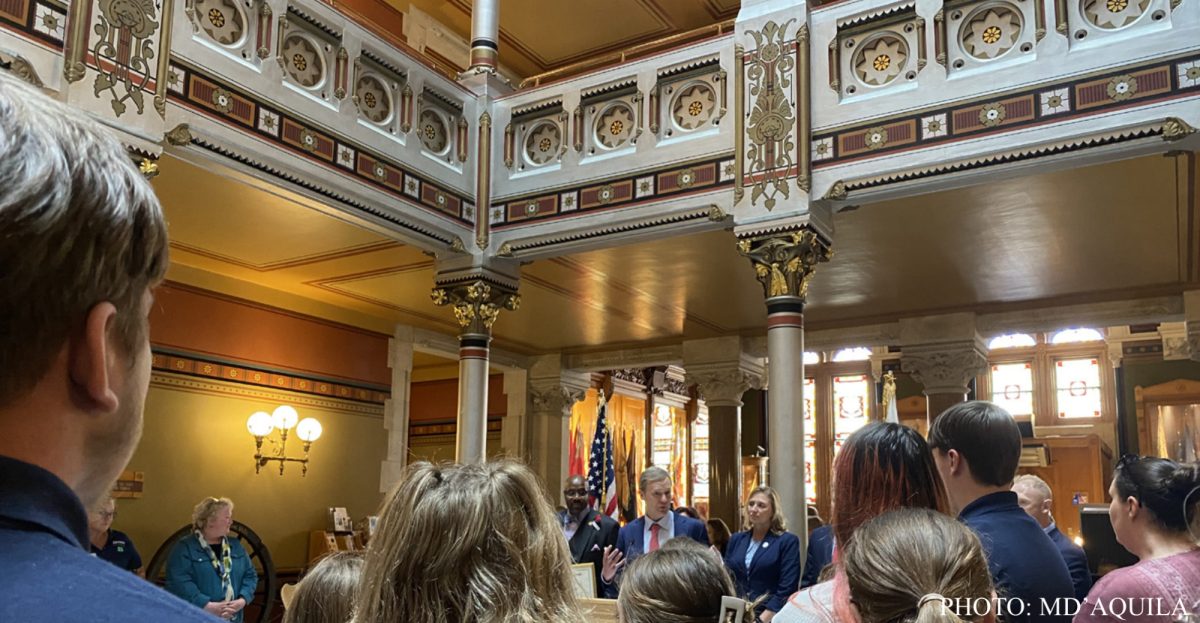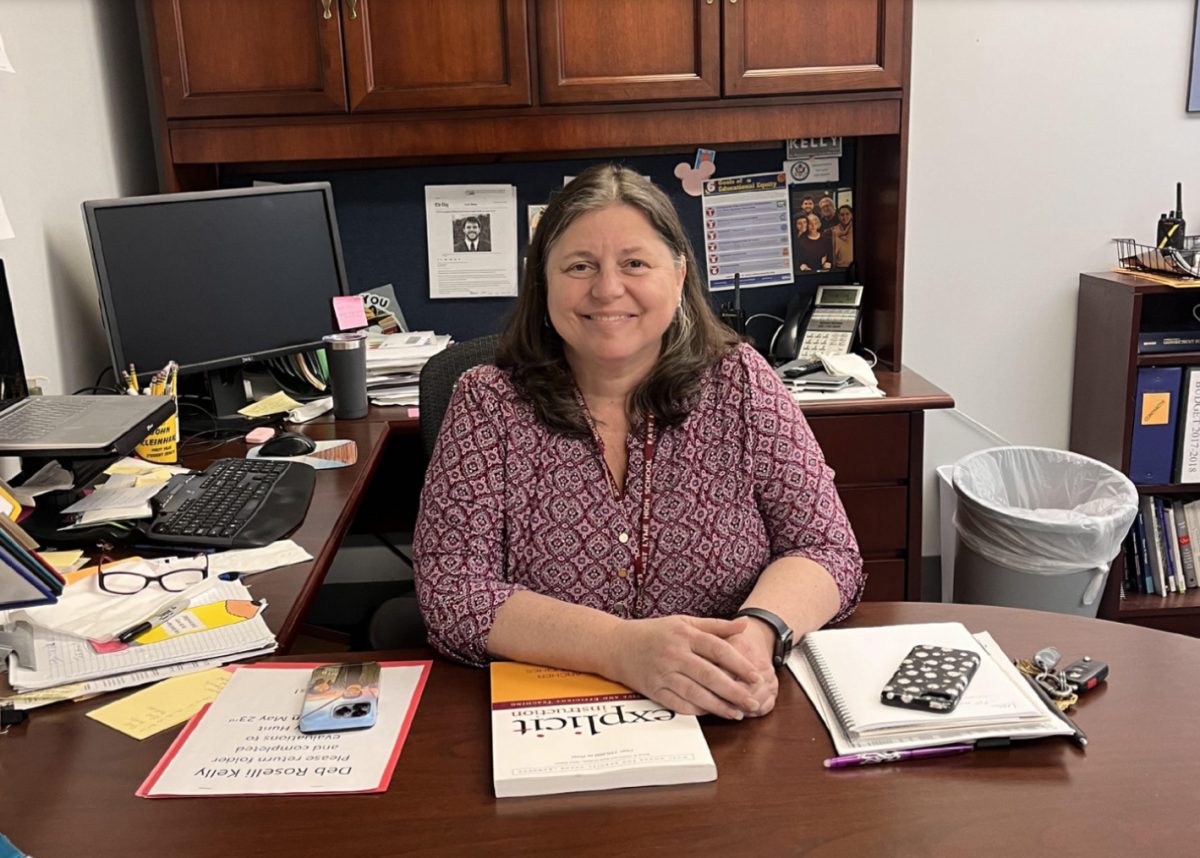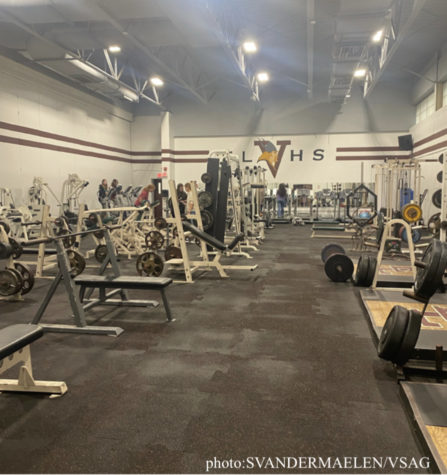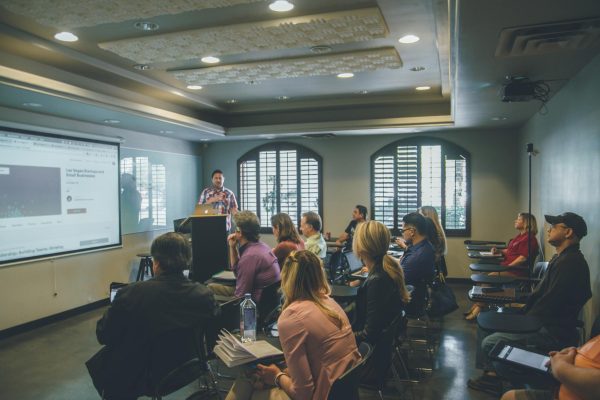Students and Admin Learn to Share the Road to Fight Racism
December 9, 2021
Students and administration struggle to stay on the same page, despite sharing a goal to end racism at ELHS
Opinion Of: NOELLE AVENA

The administration and the student body have the same goal, but vastly different approaches and perspectives on school life. Each has specific strengths and challenges, but if they cannot be unified, any progress made in improving student life will continue to be slow and difficult.
Many tactics have been employed for the purpose of driving progress in the mission to fight racism at ELHS. The administration has demonstrated a slow and steady approach, tackling issues as they come and planning long-term goals. This manifests in efforts like the equity audit from last year and equity training for staff.
Students, like the walkout organizers and DEI members, are generally more focused on what can be seen and felt in the student experience in the moment. Student activism also comes with the benefit of generally being protected and supported by their community, while administrative action will be looked at more critically.
These aspects need to be unified through communication. The admin can then finally understand the real student experience and what works and doesn’t work in bettering the school climate, and students can understand the limits of what the admin can and cannot do. The complicated timing of the administrative assembly that occurred one day before the student walkout is a window to see this lack of communication and mutual understanding.
Not only did it come as a shock to have a school-wide assembly during a pandemic, at a time when student athletes aren’t even allowed to have signing parties (signing college commitment papers) inside, it also stepped on the toes of the student-led assembly that was preparing for months. The assembly was a complete surprise and incomparable with how the school publicly reacted to prior racist incidents.
What made this time different than when there was a student charged for a hate crime on campus? Was it the threat of a walkout? Students’ parents disclosing specific and sensitive details in The Day? Fears that the walkout would be more bad publicity, perpetuating a bad reputation? The continued physical assaults? Or had a switch really been flipped? Perhaps this came from the results of last year’s equity audit, or out of the influences of the Diversity, Equity, and Inclusion committee. There was also the goal to protect students’ safety at the walkout.
The most likely answer is that all of these actions prompted the change in how the admin handled the issue.
No matter the cause, the ball is definitely rolling, and student frustrations about not being able to see the change so often talked about might finally be answered.
The administrative assembly had an impact, purposeful or unintentional, on the walkout. Because the assembly was one day before the walkout, it changed the walkout to seem like a second phase to the administrative assembly. The organizers of the walkout did not intend for it to look like their goals lined up perfectly with that of the administration. The perception of the walkout meant everything. It was supposed to be sudden, fierce, and brimming with the power of student action. Instead, it seemed approved, monitored, and preempted by the assembly the day before. The admin gained the benefit of controlling the narrative by announcing their stance on the walkout before anyone else had the first say. This was necessary, however, because it was the last possible chance to clear up any misconceptions with the student body before the walkout and the attention that would follow.
Another source of tension has been the handling of a student posting racist comments online. Students saw that whatever was done, it was not enough, as the perpetrator was still harassing students with racial slurs on school grounds after the admin was aware of the post and the situation had started to pass. Superintendent Jeffrey Newton explained that the technique they are looking to utilize is restorative justice. This means instead of expelling a student who has made racist comments, the school takes on the responsibility of restoring them in the school through meetings and discussion. How can students, who are learning how to advocate for their peers who have been wronged, be assured this process is carried out justly?
Students concerned for the well-being of their classmates must be assured that the victims are given the same treatment and respect as the perpetrator. For restorative justice to work, the victim, in this case the POC population of ELHS, also needs to be restored to their state before they were wronged. This trust was infringed upon when the aforementioned perpetrator was still using racial slurs directed at students.
Legally, the administration must protect the rights of students’ privacy. Details of these situations are not for public knowledge. The leaking of private information is not necessary to solve the communication gap, however. Rather, it’s the sharing of knowledge of the restorative justice process itself and inviting students, as was done in the assembly, to get themselves involved in it.
Students aren’t rallying for violence, and they don’t necessarily want to condemn people. They do want to see the administration share their passion for change. The show of emotion from Mr. Kydd in his speech was the best received part of the assembly because students were able to connect with him, and therefore connected with his efforts and leadership. Students want their leaders to display humanity and approachability, and they receive it better than the image of power or the facade of perfection.
The administrative assembly and student walkout saw the explosive result of gaps in generations and student versus administrative power. Despite this, taking steps like these to meet each other where we are and recognize our own shortcomings are the most vital ingredients to move ELHS out of its past.














